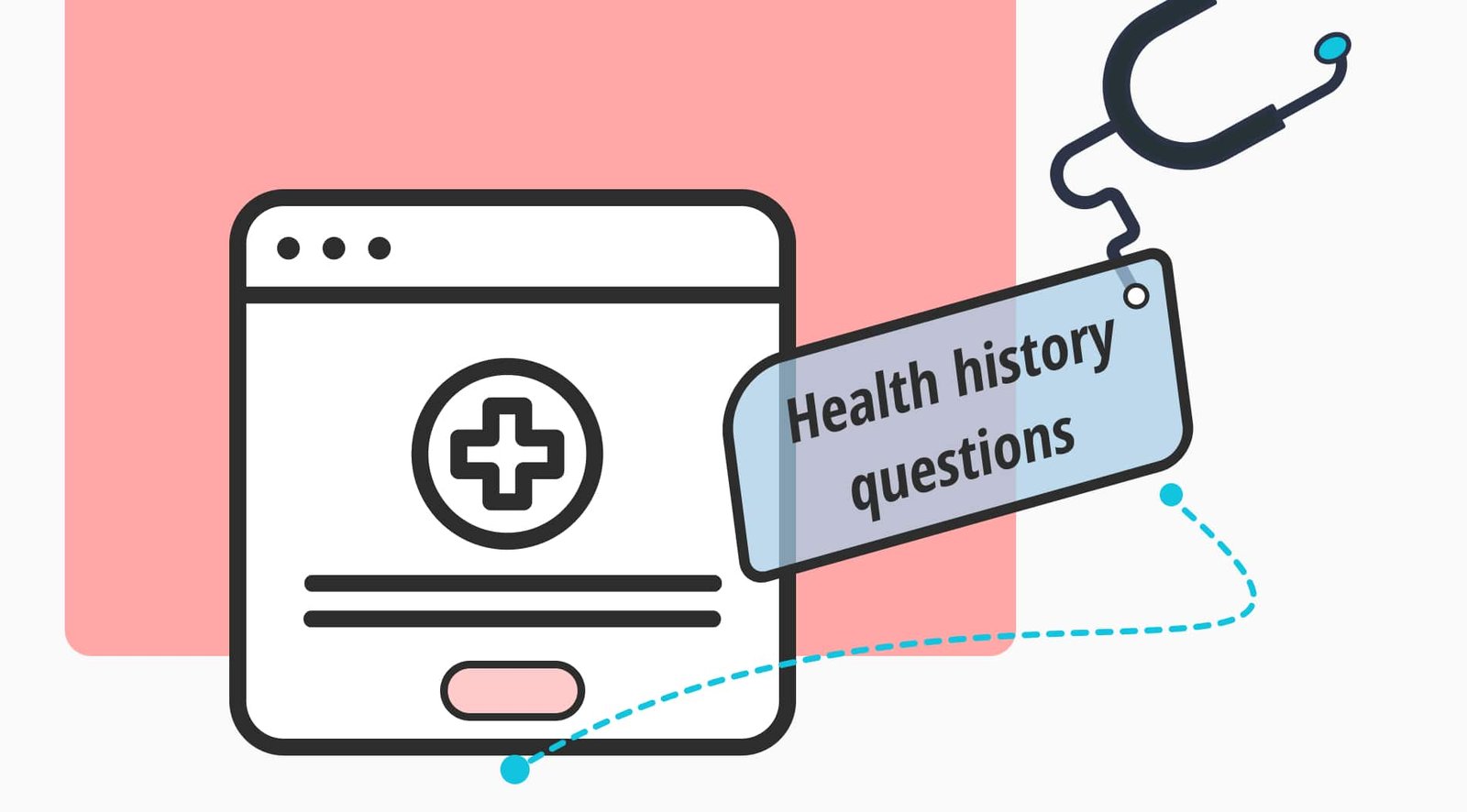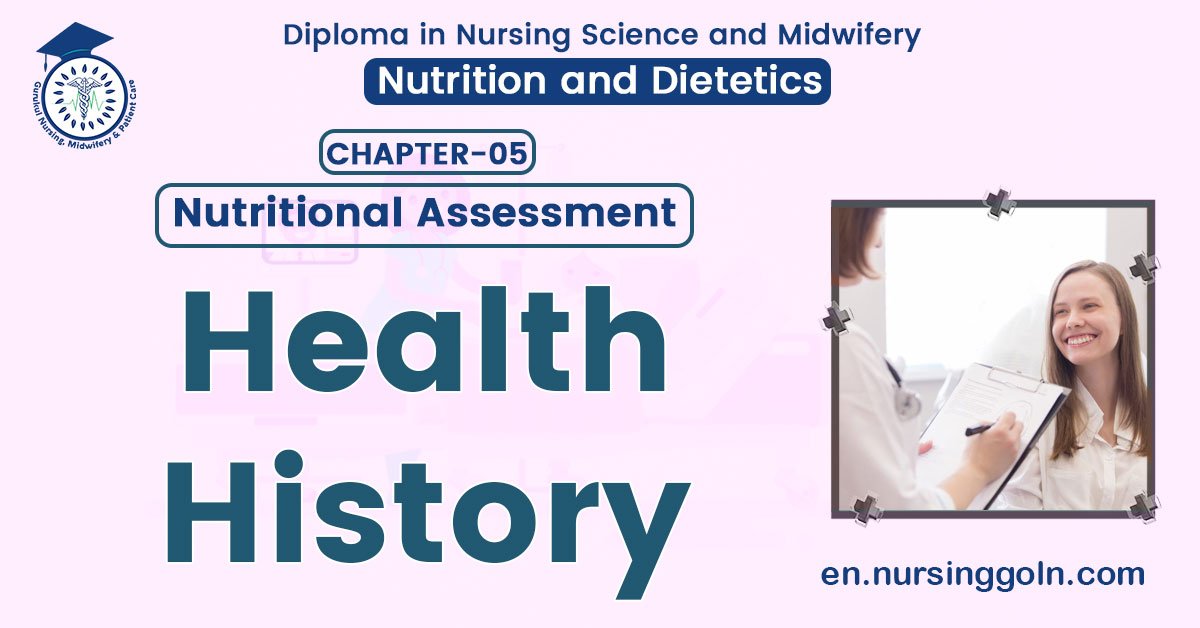Health History – This book covers the entire syllabus of “Nutrition and Dietetics” prescribed by BNMC-for all Diploma in Nursing Science and Midwifery students. We tried to accommodate latest information and topics. This book is examination friendly setup according to the teachers’ lectures and examination’s questions. At the end of the book previous university questions are given. We hope in touch with the book students’ knowledge will be upgraded and flourished. The unique way of presentation may make your reading of the book a pleasurable experience.
Health History
Particulars of the patient Name:
- Age (date of birth):
- Sex:
- Address:
- Source of information
Chief Complaint
Always ask the patient or the parents to describe their concerns, and record their actual words. Starting in an open-ended way may uncover concerns that can be missed if the clinician focuses too early on problem-oriented questions. The age and sex of the patient, as well as the duration of the problem, should be noted when presenting the chief complaint.
History of Present Illness
Indicate the person who provided the history (e.g., patient, parent, or guardian). Provide a clear, concise chronology of important events surrounding the problem when did the problem start, how has it changed over time, and what tests and treatments were performed. Include key negative findings that may contribute to the differential diagnosis.

Medical History
| Prenatal history | Mother’s age and number of pregnancies; length of pregnancy; prenatal care, abnormal bleeding, illness, or exposure to illness; and medications or substances used (alcohol, drugs, tobacco) during pregnancy. |
| Birth history | Birth weight; duration of labor; mode of delivery, use of induction, anesthesia, or forceps; complications; and Apgar scores, if known. |
| Neonatal history | Length of stay, location (nursery vs. intensive care); complications such as jaundice, respiratory problems; and feeding history. |
| Developmental history | Milestones for smiling, rolling over, sitting, standing, speaking, and toilet training; growth landmarks for weight gain and length. If delays are present, determine the approximate age at which the child functions for motor, verbal, and social skills. |
| Behavioral history | Proceed from less to more sensitive areas. The mnemonic SHADSSS can help structure the interview with an adolescent:
|
| Immunization history | Immunizations by type and date, dates of recent boosters, and recent tuberculosis testing results. |
| Past medical history | Childhood illnesses, estimated frequency of infections, and hospitalizations. |
| Surgical history | Procedures, complications, and dates of each. |
Family History
- Ages of parents and siblings
- Family history of illness – seizures, asthma, cancer, behavior problems, allergies, cardiac disease, unexplained deaths, and lipid disorders
- Deaths in family – causes of death and age of the-family member at the time of death
- Social history – other household members, sleeping arrangements, marital status of the parents, parents’ employment status, and health insurance status.
Summary:
Summarize the key facts that lead to the suspected diagnosis. Review other diagnoses that are in the differential. Outline your plan to complete the workup. Always think through your diagnosis and plan prior to a presentation, even if you are unsure, because this is the way to strengthen diagnostic skills.

Systemic General Health Assessment of a Child
| Cardiovascular system: |
|
| Respiratory system: |
|
| Abdomen general examination: |
|
| Nervous system | Motor function –
Reflexes –
Sensory function –
Mental faculty-
|
| Locomotor system: |
|

Read more:
